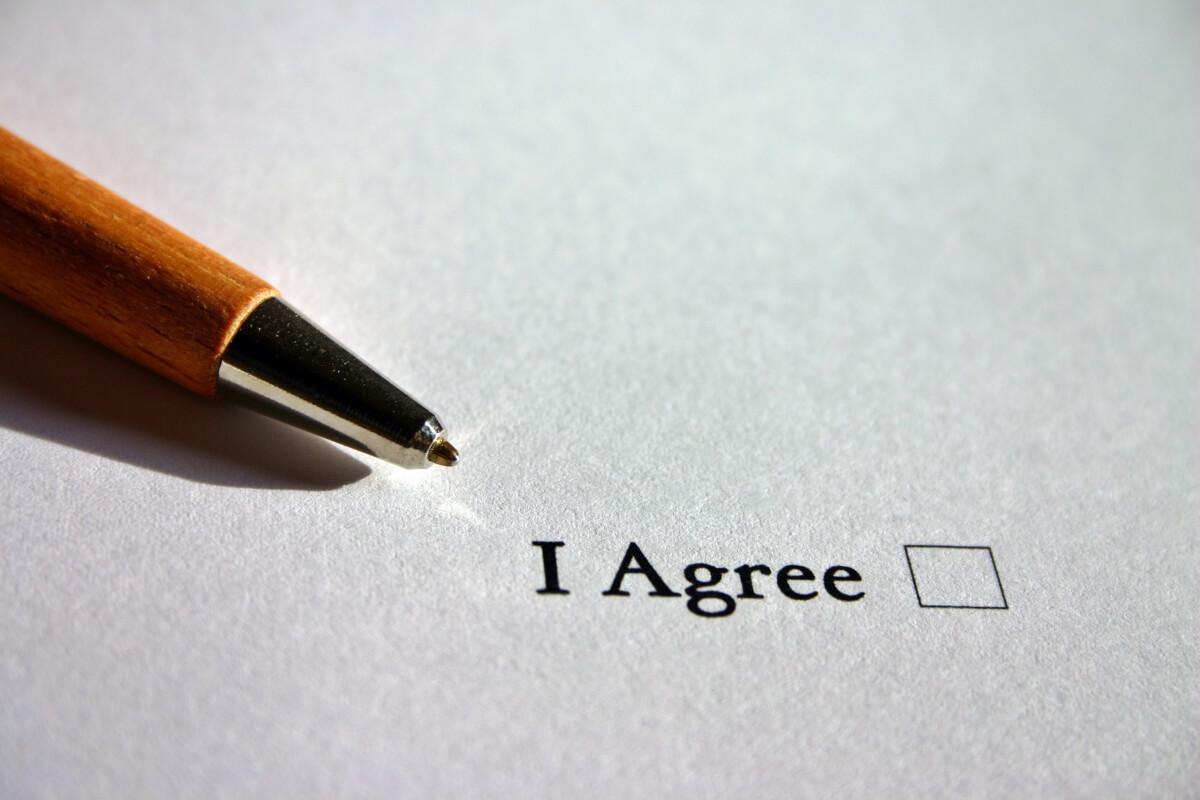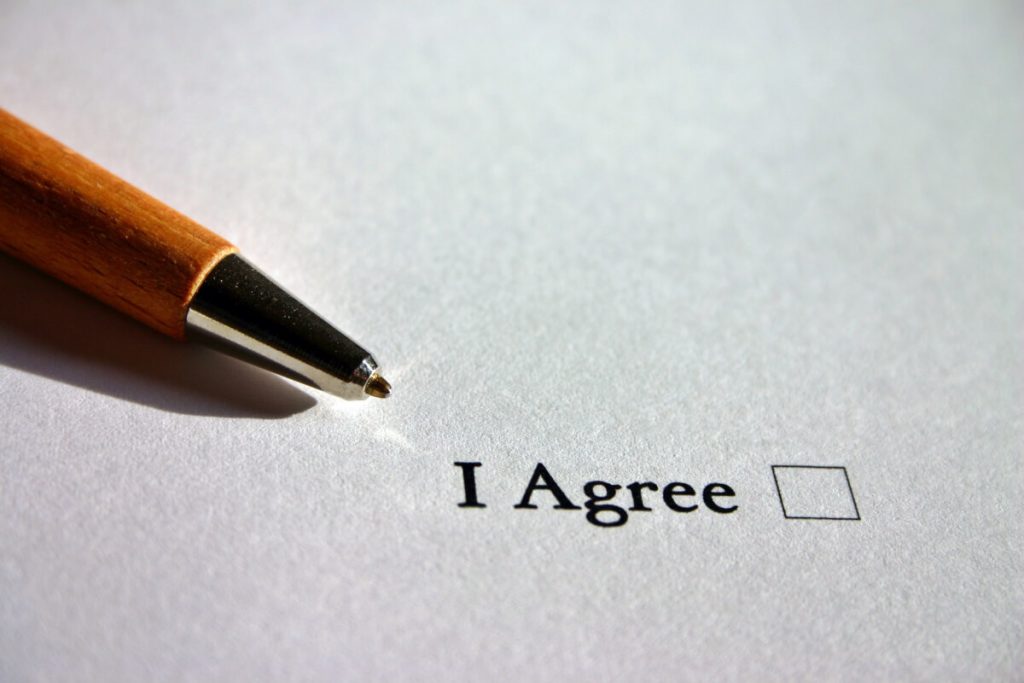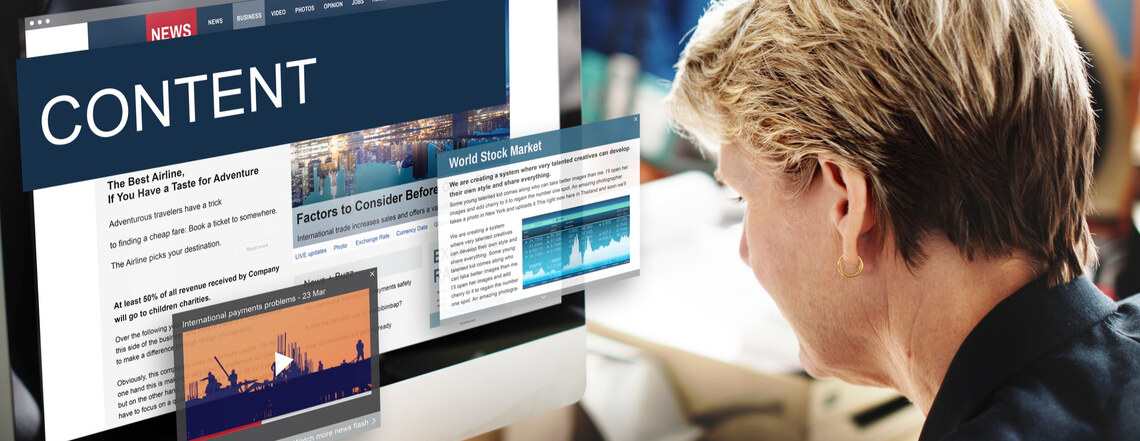The ability to write a good conclusion is a must-have in order to thrive as a freelance writer.
Feedback provided by Tempesta Media’s content marketing partners supported this point.
“It’s very important to include a conclusion section, which should briefly recap the main details of the article, then plug our services,” said one customer, whose writing team knows better than to ignore this best practice.
If you’re a hardworking freelance writer, we strongly advise that you make it a habit to write well-thought-out and effective endings. It should help you gain a competitive advantage in today’s digital content marketplace.
So, how does one write a good conclusion? Here are a few tips and tricks for writing a conclusion that is so much more than just the closing paragraph of a piece of content:
Choose an approach
- Basic Conclusion – Recap arguments and facts and show the readers how these and the examples you cited in the body of the article work together. The summary should be brief and not identical to the sentences you originally used. Connect the key points and main point logically.
- Full Circle – Link your introduction with your conclusion and bring the ideas full circle. If you asked a question in the first paragraph, you can restate it and provide a direct answer in the last paragraph. If you wrote a scenario or anecdote in the introduction, you can share the ending in the conclusion.
- Provocative Question – Finish off your article with a question that provokes additional thought about the topic or a reason to explore other aspects, or challenges the readers to think about how they can apply the new information to their lives.
Answer the question “So what?” convincingly
The significance of the subject matter may not at all be obvious to the readers. Use this section to remind them why the topic was important and useful.

Paint a vivid picture
Use words or phrases that will make the readers picture the idea you are describing in a very real way.
Make it short and sweet
This means every word should count. A succinct conclusion consists of three to six sentences that wrap everything up in a tidy package.
Avoid adding new information or creating a new argument
A conclusion is a place where you reflect on the points discussed in the preceding paragraphs.
Never apologize for your views or downplay your authority
The last paragraph should reinforce your key messages.
Incorporate a call to action (CTA) when appropriate or required
Get straight to the point and use a strong command verb when telling readers to take the desired action.
Make it simple
Pitch your solution but keep it short, clean and simple. While a conclusion is basically a sales pitch, it calls for subtlety in promoting a business in a blog post, especially in thought leadership pieces.
No matter what type of conclusion you use, it makes sense to bring the overall message home and leave a lasting impression on your readers. Ultimately, a conclusion is not a good conclusion if it does not give readers a sense of completeness.











